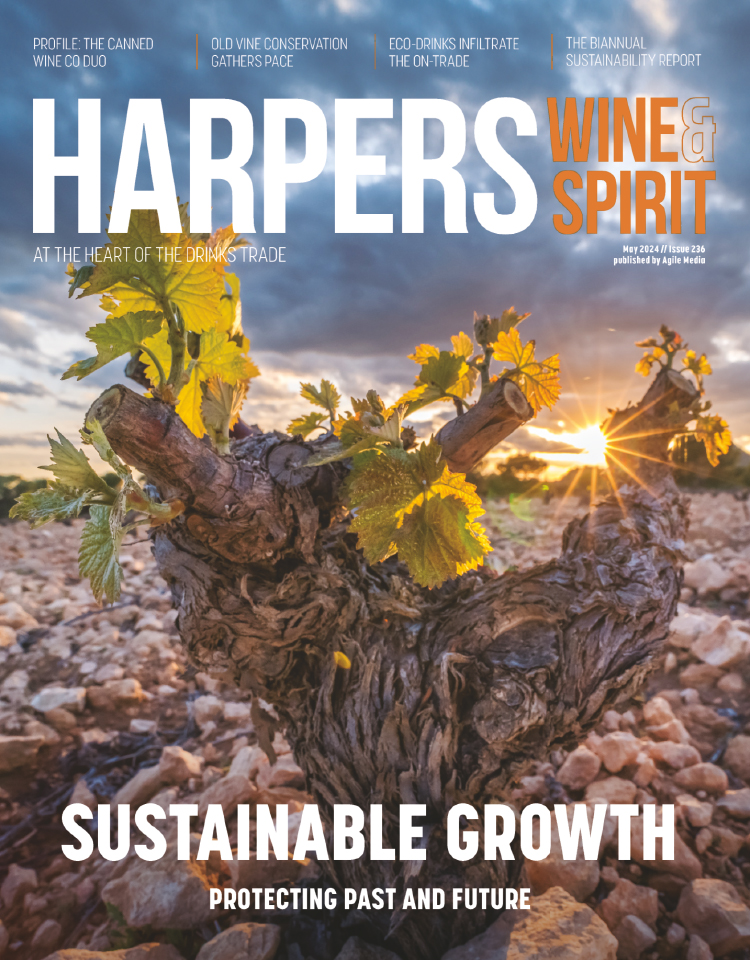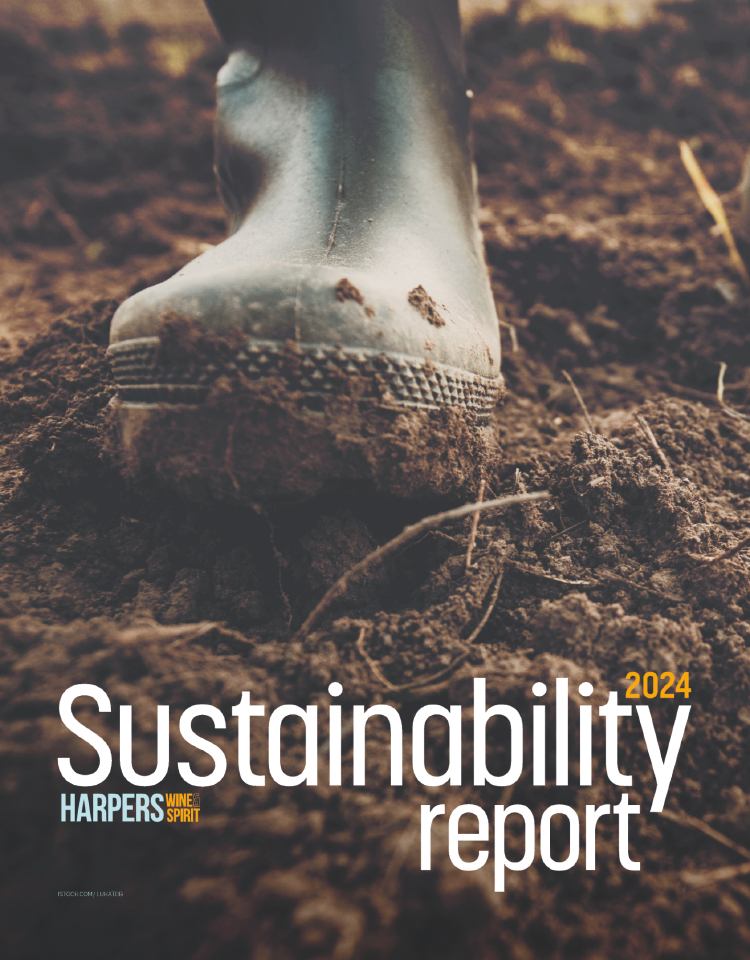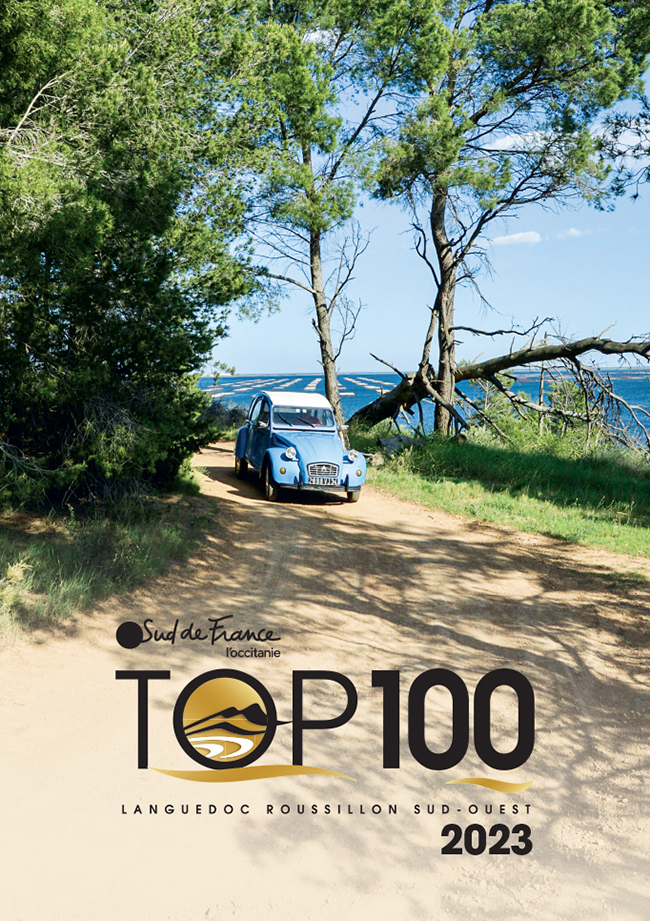
Soapbox: Bracing for major change
With swingeing duty rises about to hit the trade, Hallgarten & Novum Wines’ MD Andrew Bewes looks beyond the headline cost and turns his attention to the challenges operators face when implementing the increase at ground level.
The trade faces a drastic change to the previously stable duty rate on 1 August, and another change due in February 2025, which is potentially even more cataclysmic in terms of its effect on wine lists and shop shelves as the incremental differences between wines of 11.5% and 14.5% abv are applied.
Before HMRC confirmed the changes recently we’ve all been concentrating on the size of the increases, but now we’ve turned our attention away from the top-line increase – now a given – to the timing and difficulties of implementation for operators. It’s pretty unusual to have any sort of duty change mid-year and this change is coming right in the middle of the summer season, which has a huge knock-on effect for customers, and for suppliers.
Changing a wine list is not simply a matter of rejigging a few numbers on a page. Particularly when the duty increase is of this size. Arguably the old increases, traditionally imposed early in the year, and typically of four or five pence a bottle, could be absorbed by an operator, for a short while. But at 44p per bottle it’s just not possible.
Changing a wine list – especially those where we supply 100% of the wine offering – requires us to start at the beginning, changing stock, rewriting, redesigning and reprinting the entire wine list. Then we need to train the front-of-house teams for the second time in less than six months. All of this is incredibly time consuming for the supplier and a massive burden for the hospitality industry, especially when they’re already struggling with recruitment and spiralling costs.
Most operators are flat out in August and to try to make the time to rewrite a wine list, restock and get the front-of-house team trained during the peak period is nigh on impossible.
I don’t think the government thought about this in any way, shape or form. The reality is that hospitality businesses are left with fairly stark choices, and I fear that the duty changes will not do anything to help stem the flow of businesses closing their doors up and down the country.
↓
Assessing options
Realistically, businesses can either change their lists in the next few weeks, putting prices up ahead of the summer season, but in the middle of a cost-of-living crisis, or they can try and limp though until the end of the summer with depleted margins. We can’t ignore that this duty change is set against the backdrop of the highest round of price rises I have seen in my 39 years of working in the trade. And for hospitality, where operators are only really settling into their new lists, to change again is debilitating and demoralising, to say the least.
We’ve looked long and hard at the situation, canvassing thoughts from our customers. Some larger restaurants and many retailers have space, so are potentially able to stock up in July, taking enough wine to get them through August, and then approach a list change in September. However, many don’t have the budget to tie up that amount of cash. And many restaurants do struggle for space, with numerous central London eateries having to order two or three times a week.
So, we’ve come up with our Duty Respite scheme where we will clear sufficient stocks in July of some 148 of our key faster-moving ‘sharp-end’ wines to allow us to help take our customers through August without having to change their lists. An important part of the equation is the upside of a relatively large reduction in duty on sparkling wines of less than 11.5% (notably Prosecco) and, as confirmed last week, the removal of CCT on wines from Australia and New Zealand, which we will of course be passing on to customers.
This duty respite scheme is quite a financial commitment and will tie up our cash in the short term [as reported exclusively by Harpers at the end of May], however, it will hopefully relieve some of the burden felt by our customers and allow us to spread the large number of list changes we have into September when we are fully staffed and able to support customers.
In terms of the cost of this offer, it’s really just forward purchasing. We’re not expecting to sell a single extra bottle and this certainly isn’t a sales promotion to gain additional sales as we can only clear a finite amount of stock.
I genuinely think that every customer appreciates that we, and our competitors, have to pass on duty changes. There is no way that customers, or we, can realistically absorb such significant rises. But because of the severity of this 44p rise per bottle, and it being imposed at such a challenging time of year, it makes sense to take this extraordinary step.
On average we already spend well over £1.3m on duty a month and with these rises this will increase to over £1.6m. It’s by far our biggest-selling product, and by quite a long way! With the 1 August change, and then a second structural change linking the duty on all wines directly to their abvs in February 2025, the government looks set to increase the burden on suppliers and operators alike, endangering the future of wine, particularly at entry level, which is so important to attracting new drinkers to the category.








